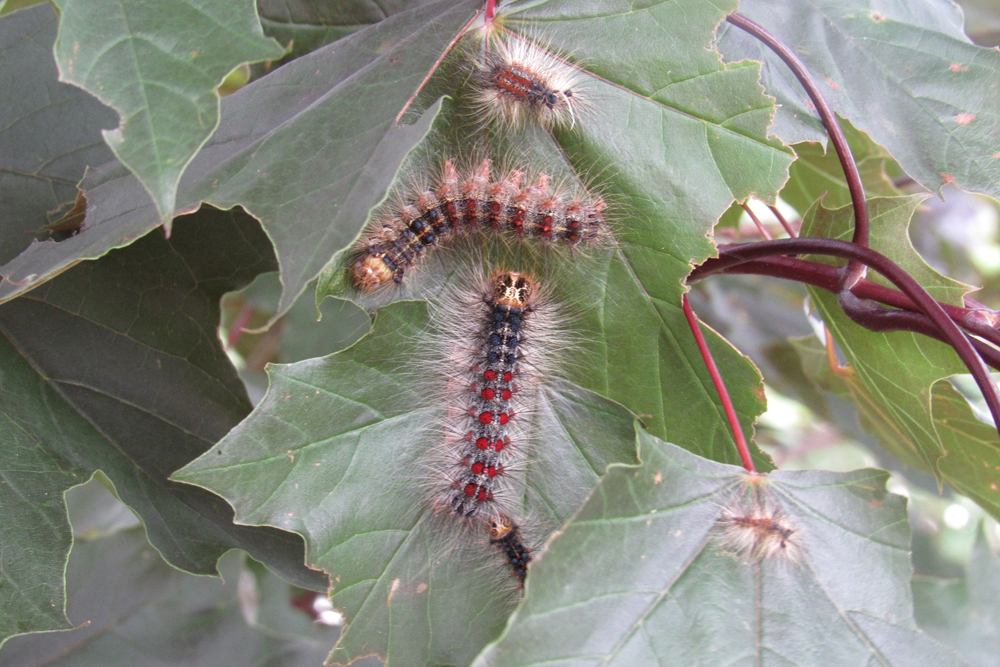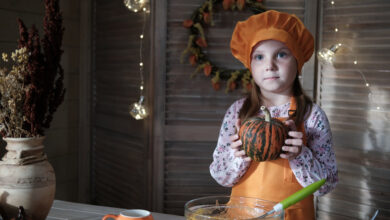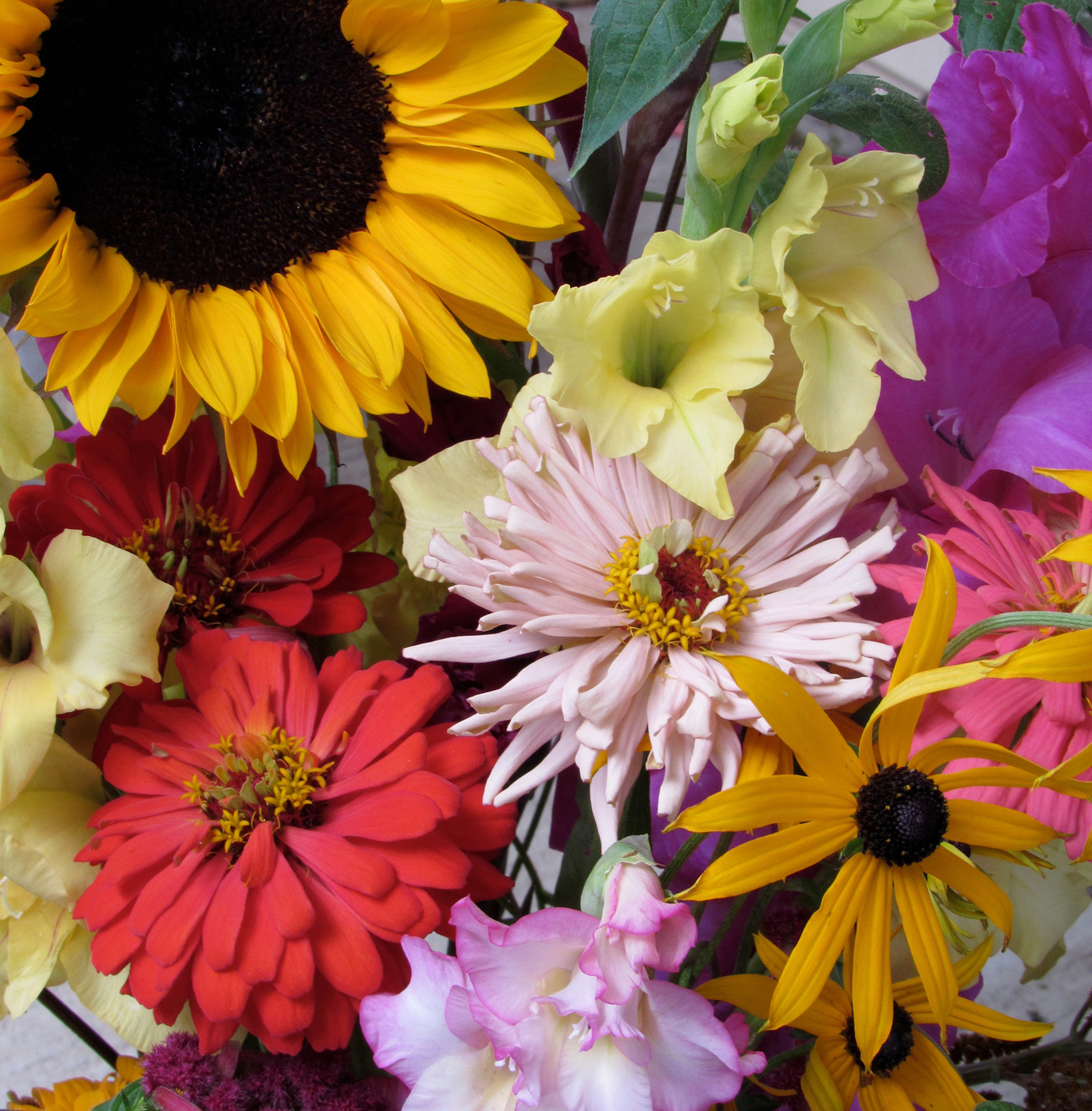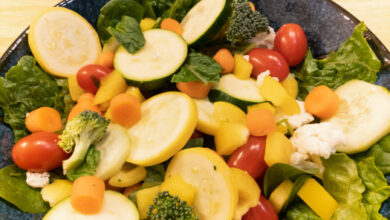Trying straw bale gardening concept
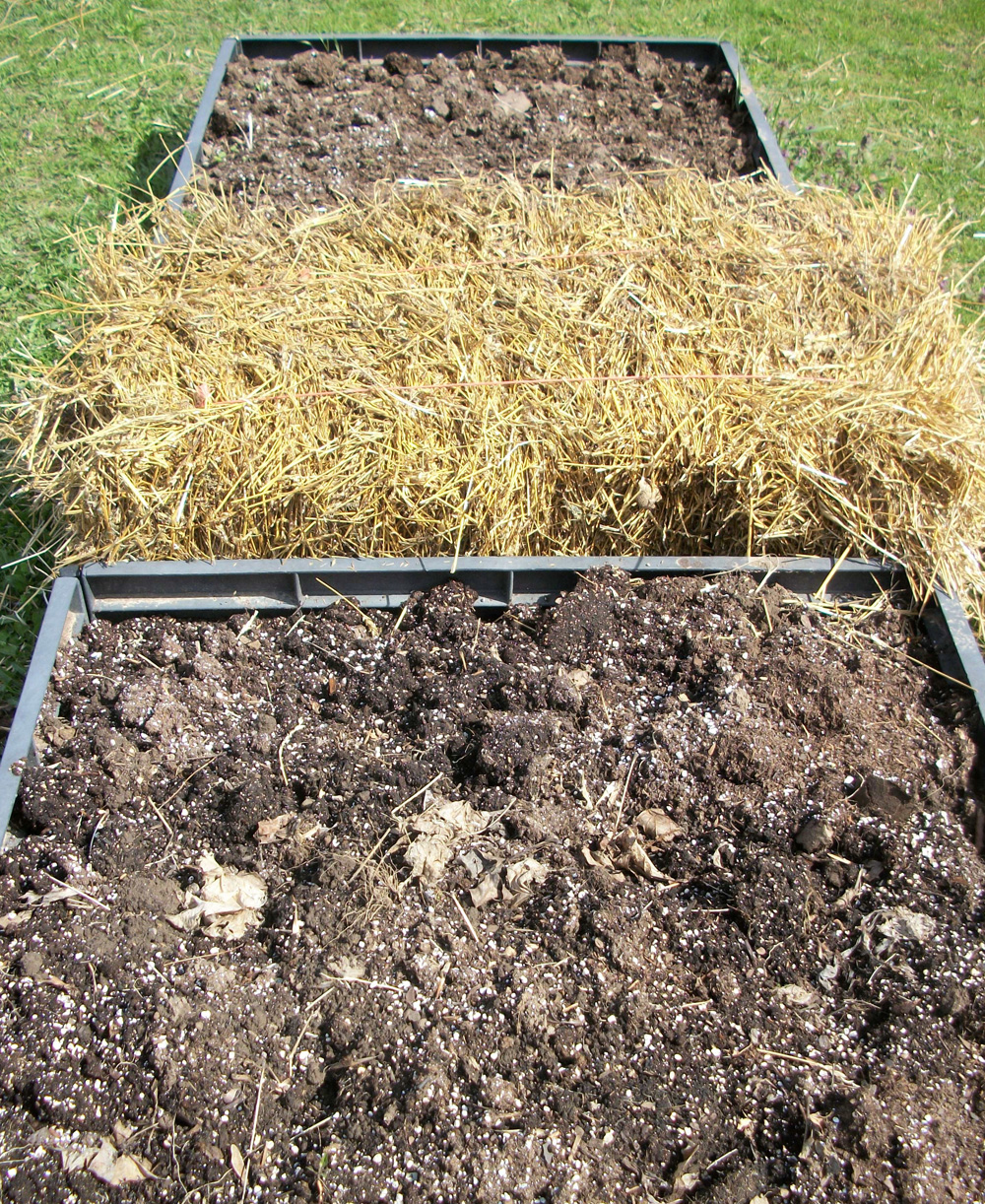
Well, I’m just dipping my big toe into the wading pool with this one, but I’m anxious to give it a try – straw bale gardening.
Actually, straw bales have always played a big role in my vegetable gardens – but always as a mulch. We purchase a few bales from a local farmer after the summer wheat harvest and I open the bales to spread the straw.
I’ve been seeing more and more articles on the process of actually growing things on top of the bales and am intrigued, but I’ve decided to just start out this year with one bale which I will condition and plant with sweet peppers to see how it goes.
I’ve learned from local straw bale growers that early-to-mid April is the ideal time to set out your bales as they need to be “conditioned” before you plant. The late season snow and rain wet the bales and begin a necessary interior composting process in the straw.
I’ve found in researching online that the time to really get serious is 2-3 weeks before you plan to plant. The bales must be kept well watered and most sites I checked out recommend adding three cups of organic fertilizer per bale with the water helping to infuse the fertilizer into the bale.
The straw bales act as a container and the conditioning process is vital as it creates the moist, nutrient-rich rooting environment needed for seedlings. The bales should “heat up” like a little compost pile during the conditioning. After the conditioning process the bales will start to cool and then it’s time to plant. You can actually stick your hand into the bale to monitor the temperature.
When placing your bales, make sure they are in the sunshine and easy to access. It’s also important to have easy access to water as the bales must be kept moist not only during conditioning, but during the growing season when rainwater will likely not be enough. Some gardeners install drip irrigation along the bales.
If you need support for your plants, you can place the bales near a fence. I’ve also seen pictures of bales with metal stakes at the ends and support strung along the length of the bales.
Annual vegetables and flowers are recommended as the bales will break down by the end of the growing season. The decomposed bales can be used in raised beds or incorporated into your regular garden soil next year, which is neat because it’s a great source of organic material to build up your soil.
Wheat straw is the most highly recommended and I’ve seen the bales placed both with binding strips on top as well as on the side. Some gardeners say strips along the side is better because then the strips don’t break down (you want the bale to stay in tact), and because that usually means the straw ends are pointing up … making it easier for water and fertilizer to penetrate. I have my bale with binding strips on top, however, as the bale fit perfectly that way between two square raised beds (see photo). A small amount of straw was removed from my bale before I placed it, so it is loosened up very slightly, as well.
When you are ready to plant, push away some straw and add compost or high quality potting mix on top of the straw. Some gardeners even used a multi-layer “lasagna gardening” technique with various layers of organic material on top of the straw before planting.
Give the bales a watering to settle the compost/potting soil and then plant. It appears you can plant seeds, seedlings or transplants. I will use small pepper transplants.
Some gardeners said the bales are great because they are raised off the ground and easier to plant and harvest and because there is no weeding. Others noted left over wheat grains in the bale sometimes sprout, but are easy to remove.
I know from mulching with straw that there is usually quite a bit of “sprouting,” although I think the process of conditioning the bale and leaving it intact would cut out a lot on that.
I actually don’t mind the sprouting when the straw is used as mulch. Right now, where I mulched my tomatoes last year with straw, it is covered with sprouting wheat, which will be tilled into the soil before I plant.
Experts also say some mold growth on the bales is normal.
Most gardeners are thrilled with their straw bale containers which can be placed anywhere – in the garden, on a driveway, on the patio – anywhere. Cardboard or a tarp can be placed underneath for protection or to keep weeds from growing up through the bale.
One gardener reported his plants withered in the bale and another warned that slugs were a big problem.
I will see how it goes with my one bale. I hope it works well as I can see using the bales, even on a limited basis, is another way to organically help improve the whole garden.


